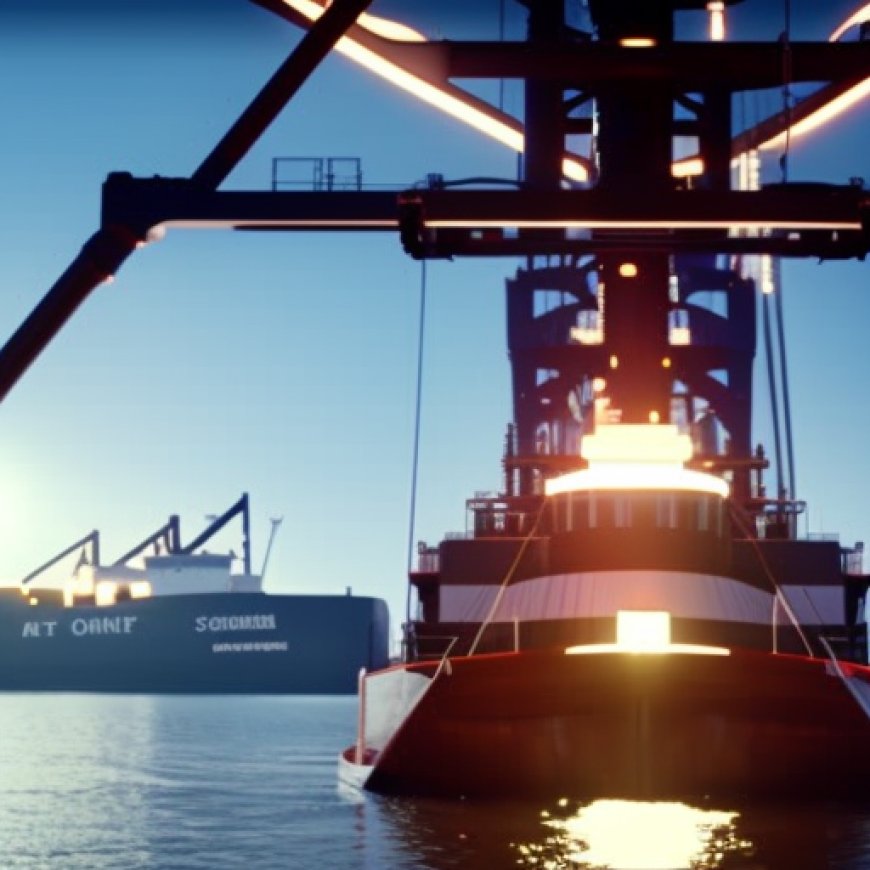Sineng Electric Ships First Power Conversion Systems to U.S. for 140.8 MW Energy Storage Project in Texas


Sineng Electric Expands into the North American Market with Shipment of Power Conversion Systems for Energy Storage Project in Texas
Sineng Electric, a global leader in solar and energy storage solutions, has made its first shipment of Power Conversion Systems (PCS) to the U.S. for a 140.8 MW/140.8 MWh energy storage project in Texas. This marks a key step in Sineng’s strategic expansion into the North American market.
Initial Shipment of Power Conversion Systems
- Sineng delivered 22 units of its 3.2 MW string PCS MV turnkey station (EH-3200-HA-MR-US-34.5)
- Includes 16 units of 200 kW string PCS (EH-0200-HA-M-US), a low-voltage switchboard, and a pad-mounted transformer
- The string design enables precise rack-level battery management, enhancing charging and discharging capabilities
- The 200 kW string PCS ensures high system performance and reliability with a maximum efficiency of 99% and advanced grid-support functionalities like H/LVRT and H/LFRT
Sineng’s product lineup is tailored to meet U.S. market standards. In September, the company further strengthened its local footprint with the opening of its North America Service Center to provide timely, localized support. Additionally, the launch of its new 400 kW string PCS highlights Sineng’s commitment to continuous innovation and technological progress.
Sustainable Development Goals (SDGs)
- SDG 7: Affordable and Clean Energy – Sineng Electric’s solar and energy storage solutions contribute to the goal of providing affordable and clean energy.
- SDG 9: Industry, Innovation, and Infrastructure – Sineng’s expansion into the North American market and continuous innovation in power conversion systems align with SDG 9.
- SDG 13: Climate Action – By providing renewable energy solutions, Sineng Electric supports efforts to combat climate change and reduce greenhouse gas emissions.
SDGs, Targets, and Indicators Analysis
1. Which SDGs are addressed or connected to the issues highlighted in the article?
- SDG 7: Affordable and Clean Energy
- SDG 9: Industry, Innovation, and Infrastructure
- SDG 13: Climate Action
The article discusses Sineng Electric’s shipment of Power Conversion Systems (PCS) for an energy storage project in Texas. This highlights the connection to SDG 7, which focuses on ensuring access to affordable, reliable, sustainable, and modern energy for all. It also relates to SDG 9, which aims to build resilient infrastructure, promote inclusive and sustainable industrialization, and foster innovation. Additionally, the article mentions the advanced grid-support functionalities of the PCS, indicating a contribution to SDG 13, which addresses climate action and the need to combat climate change and its impacts.
2. What specific targets under those SDGs can be identified based on the article’s content?
- SDG 7.2: Increase the share of renewable energy in the global energy mix
- SDG 9.4: Upgrade infrastructure and retrofit industries to make them sustainable
- SDG 13.2: Integrate climate change measures into national policies, strategies, and planning
The article highlights Sineng Electric’s role in the energy storage project, which contributes to increasing the share of renewable energy in the global energy mix (SDG 7.2). The PCS technology enables efficient energy storage and management, supporting the upgrade of infrastructure and industries towards sustainability (SDG 9.4). Furthermore, the advanced grid-support functionalities of the PCS align with the integration of climate change measures into national policies and planning (SDG 13.2).
3. Are there any indicators mentioned or implied in the article that can be used to measure progress towards the identified targets?
- Percentage of renewable energy in the energy mix
- Number of infrastructure upgrades and retrofits for sustainability
- Extent of integration of climate change measures in policies and planning
The article does not explicitly mention specific indicators. However, the progress towards the identified targets can be measured by tracking the percentage of renewable energy in the energy mix, the number of infrastructure upgrades and retrofits for sustainability, and the extent of integration of climate change measures in policies and planning.
Table: SDGs, Targets, and Indicators
| SDGs | Targets | Indicators |
|---|---|---|
| SDG 7: Affordable and Clean Energy | Increase the share of renewable energy in the global energy mix (7.2) | Percentage of renewable energy in the energy mix |
| SDG 9: Industry, Innovation, and Infrastructure | Upgrade infrastructure and retrofit industries to make them sustainable (9.4) | Number of infrastructure upgrades and retrofits for sustainability |
| SDG 13: Climate Action | Integrate climate change measures into national policies, strategies, and planning (13.2) | Extent of integration of climate change measures in policies and planning |
Source: solarquarter.com










